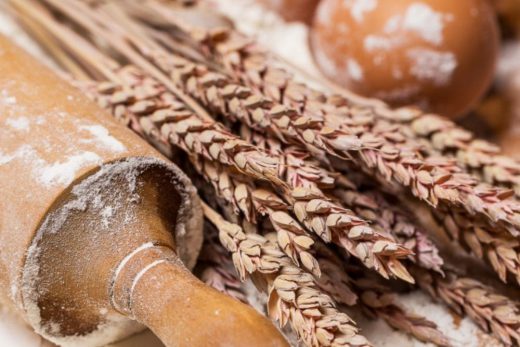This is what used to happen: After a goat was slaughtered, its throat was sliced open and the blood collected in a bucket or container with salt. The salt ensured the blood remained in its jelly-like form, rather than clotting up in globs. The neck and back of the slaughtered animal were cut up into small pieces and cooked together with vegetables, such as eggplants, carrots, onions, coriander, carrots, bell peppers, chiles, and bitter herbs. Next, the excess fat from under the animal’s skin and tail, together with the previously collected salted blood, would be added to this mixture, and then the whole thing would be fried under low heat. Once cooked, this mixture is what would be stuffed into the intestines.
The intestines themselves had to have been cleaned before anything could be put into them. This was done using a process called kúmiria mara, where the unprocessed food in the intestines would be squeezed out downward from the stomach end to the rectum end and then the tubes were washed out. This process ensured that the intestines were cleaned up without being pierced. Nowadays, what happens is that a hose is attached to one end and then water pumps out whatever’s inside the intestines—the joys of modern technology. After the intestines were stuffed, the mutura was then either roasted directly or, before the roasting, boiled together with the head and lower legs (mathagiro) of the goat. The sausage was then roasted until its exterior achieved a golden brown.





